The oven is arguably our most essential kitchen appliance (right alongside the fridge, freezer, and yes, even the microwave). But even though we've been using them for a few millennia, many of us know so little about our ovens that our cooking or baking can feel like a roll of the dice sometimes.
Even fancy state-of-the-art post-modern metallic ovens from Mars have their quirks, and you'd better learn those quirks or keep that pizza delivery number handy. So here is what you need to know to master your oven and get the most out of its use.
Observe & Record
The first step is to observe all you can about your oven before you cook or bake a single thing more. Because no two ovens are the same, this advice is not a one-size-fits-all solution. Just like disaster plans for your household need to be tailored to the specifics of your home, so does getting to know your oven.
The first thing is to notice where your oven is located. We're not talking feng shui here, but be aware of its location relative to other things that may cool it or cause the temperature to heat up more rapidly. A draft from an open window or doorway can subtly cool an oven. Notice its position next to other heated appliances like a refrigerator or the motor of an ice machine. Is your oven in a corner, in the middle of counter space, or standing alone? The closer it is to other appliances or corners, the less space it has to cool off. These are all important things to note when budgeting time to preheat, cook, and eventually cool off.
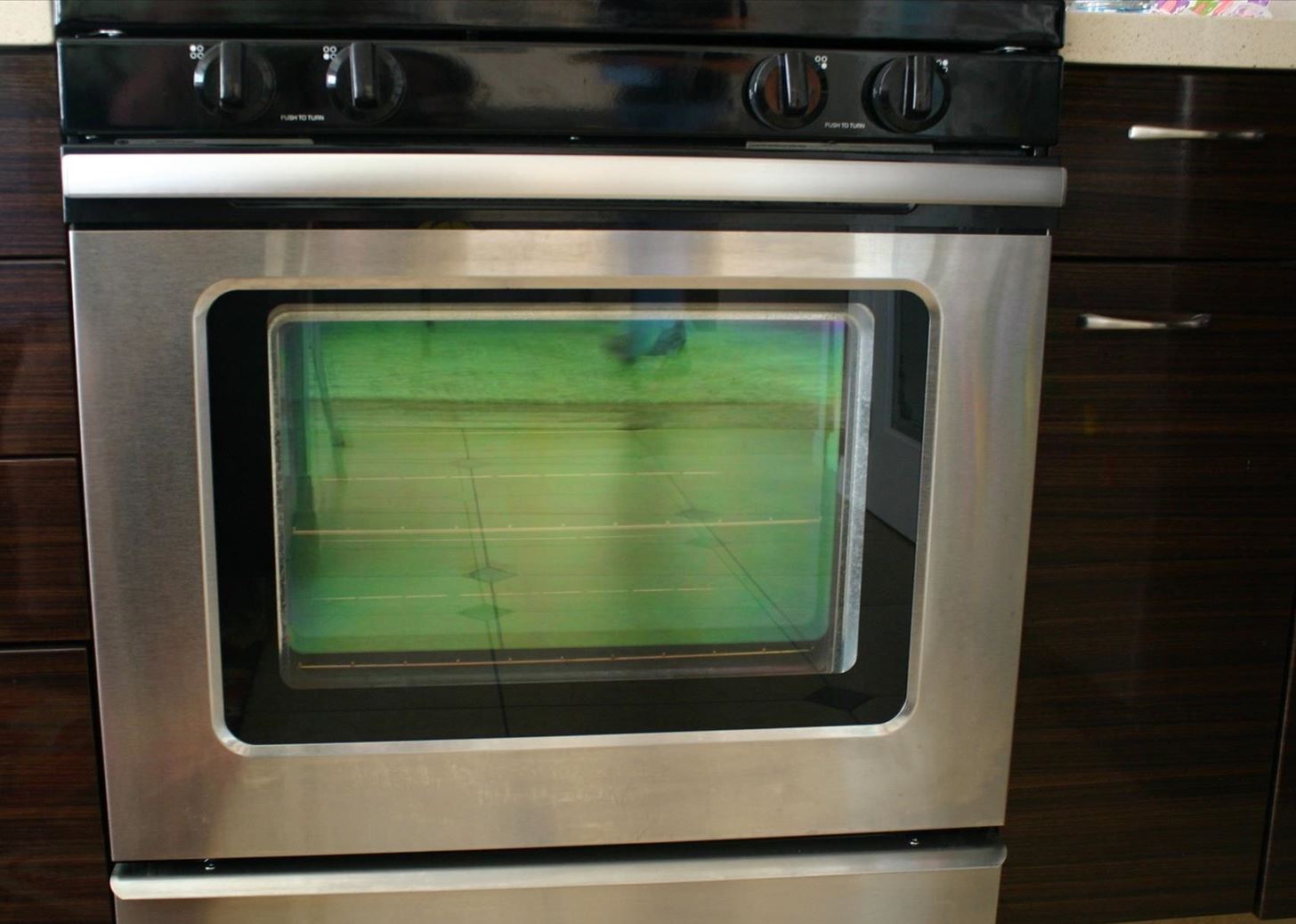
Since you'll be working with time, temperatures, and other numbers, it's a good idea to write this or any other quirks you observe down. In the midst of preparing for a dinner party, you may not have all the details handy in your mind—plus, it's handy to pass along that info to house guests or renters when necessary. A quick glance at your notes can be a lifesaver. There are lots of great notebook apps (my favorite is Evernote) to help with notes and recipes, but if you're more of a handwritten note person, then keep a notepad (and pencil) on your fridge or nearby appliance. A mini-whiteboard works, too.

Now let's understand how your oven works.
Hot Air Rises, Cool Air Falls
If you take the time to look at an oven, its function becomes pretty self-evident: heat is generated around your food by heating elements from both above and below. A process called natural convection dictates that air, when heated, will rise because its molecules are loosened by the heat and are less dense. The molecules in colder air, by contrast, are packed in together more tightly and thus weigh more. It's how a hot air balloon works! This happens at the smallest molecular level so even air that is different by a couple of degrees will rise and fall accordingly, creating a constant movement of air within your oven.

Don't Believe the Hype...or Thermometer!
Don't be fooled by the manufacturers of your oven. Because most safety gauges, like your gas tank gauge in your car, are designed to err on the side of caution, the internal thermometer may not be accurate. Slate has a great breakdown on why oven thermometers' temperature readings are more of a general estimate. It turns out your oven generally falls within a range of temperatures rather than staying at one steady reading.
That's why it's worth knowing how close within range your oven's temperature is. So let's say that you've set your oven to 450°F. Its heating element may just hit 450, which won't get you to the full 450. Or it may go slightly above and then cool off to 450. The obvious solution? Buy a thermometer that you can put inside the oven to get a more accurate reading. You can compare the difference between what your oven's built-in thermometer tells you and what the actual temperature on your inside thermometer says.
Don't forget to write down the temperature variance in your oven and, moving forward, adjust your cooking temperatures accordingly. If, for example, your oven runs cooler by 25°F (the oven's built-in thermometer tells you 475°F but your hanging thermometer actually reads 450°F) then set your oven to 475 for recipes that call for 450. And yes, the location of the thermometer does matter. Remember natural convection? Your oven has hot spots that may only be different by a few degrees but these degrees may affect your cook. More on that below.

Oven Racks
Generally, heat is generated by your oven from above and below. The Reluctant Gourmet has an excellent primer on how that heating system works. The top part of your oven is hotter than the bottom part, if only by a matter of a few degrees. So if you want something quickly heated or are looking to create a crisp top layer, put your food on the top rack. If you're looking to cook something more slowly or need a crunchy bottom (like a pizza), put the food on the bottom rack.
The middle rack should be for anything that needs to be cooked evenly all around. But as The Reluctant Gourmet points out, keep in mind the height of what you're cooking and try to keep the middle of it directly in the middle. Items like four-inch Bundt cakes might do better on the bottom rack so that it's centered and not made crispy by being placed on a higher racks. Racks can also be removed, but not while they're hot...ouch! (If you absolutely have to move it when it's hot, use an oven mitt or a pair of silicone-tipped tongs.)
Hot Spots in Conventional Ovens
Alright, here's where we discuss hot spots. In a conventional oven (the type that most of us have), different areas of the oven will register different temperatures. If you've ever cooked a casserole or brownies and noticed different consistencies throughout the dish, then you are probably already aware of these spots in your oven.
Convection ovens have this problem to a lesser degree because they have a fan which circulates the hot air (in theory, this keeps the temperature relatively steady). But again, no oven is perfect and it's best to figure out how off, if at all, your oven is.
One easy way to figure out about these hot spots in a cheap and easy fashion is to use white bread.

The Joy Kitchen has good instructions, which run as follows:
- Heat your oven to about 350°F (a true 350, using your new thermometer).
- Take several slices of the white bread and put them on your oven's racks.
- Place them as close to one another as you can, leaving no space between them, if possible, until they toast.
- Try this three times with all three racks separately.
- Take the racks out and examine your bread.
- Some of the bread should be toastier in places than others. Note those spots where the bread has browned more deeply: those are your hot spots.
(FYI: It's possible to find out where your microwave's hot spots are, too.)
Oven Cleaning
Ovens can get messy, and that's a good thing! The splatters and crackles of a meal are all part of the cooking experience. But of course, once that oven cools so does anything that's on those walls. That buildup, according to cookbook author and teacher Rick Rodgers, will flavor your food in "not a good way." The coordinator for Kansas State's food hotline, Karen Blakeslee, goes even further by saying that your crusty buildup can damage the appliance and make it run inefficiently.
So cleaning your oven is an important, if not sexy, part of cooking. There are a couple of ways to tackle this. One is to get a self-cleaning oven. When self-cleaning ovens came out in the 50s, they were hailed as a modern marvel for mothers who wouldn't have time to get in there and clean all the caked-on food. How the ovens "self-cleaned" is not a mystery. They basically crank up to about 900 degrees and singe the material so that it falls off the walls and is easily collected at the bottom. Yuck.
Self-cleaning ovens usually have locks and are insulated more heavily to allow the higher temperatures to collect. Besides being a huge waste of energy, the process creates noxious fumes from all the burnt material. And repairmen are called in frequently because the self-cleaning feature either damages the oven itself or the area around it. You can also use chemical cleaners that are found in any store, but the EPA points out that the main ingredient in these cleaners is lye, which is corrosive and can be harmful to little children.
Fortunately, you can clean your oven cheaply and in a way that's environmentally friendly with just baking soda and water. Vinegar will activate the baking soda effectively. (That's what my wife and I use in our home because we don't want our toddler to eat baked chemicals!) Check out the two videos below for further instructions.
To see how to take your oven doors off, check out this quick guide.
A Couple of Key Cooking Tips
Parties and holidays may tempt you to crowd the important real estate inside your oven, but in order for the air to circulate around them and cook it from all sides, you'll want to leave space between dishes (and cookies, too). If you have dishes or food touching, they will remain undercooked at those connected areas. And try to minimize the number of times you open the oven door. Turn on your oven's light or place the thermometer in a visible spot. If you open the door too many times, you drop the temperature and increase your cooking time.
Cookware Basics
When it comes to oven-safe cookware, conductivity is key. Conductivity is the ease with which heat travels through something. Metal, for example, gets hotter more quickly than glass or clay. Do not use anything wooden.
All metallic stovetop pots and pans, provided they don't have plastic or rubber coverings, can be used in an oven, and a cast-iron skillet can be your most versatile cooking tool here. V-shaped roasting racks should also be in your arsenal because they lift the roast and this gives a nice all-around sear. Check that any clay cookware that you use has a thick bottom because clay will not conduct heat as well as metal. The thicker the bottom, the more heat can be retained and the better your food is cooked.

If you're using glass cookware, Hugh Rushing, Executive Vice President of Cookware Manufacturers Association,notes that glass takes longer to heat up, but stays at a steady temperature. Check that your glass cookware is oven-safe, which is a good rule of thumb for any cookware that you plan to put in the oven. A more thorough breakdown from the Cookware Manufacturers Association can be found here.
Convection vs. Conventional Ovens
Finally, a word on convection ovens. These ovens use a fan to circulate the air within the oven. Kitchen Daily notes that convection ovens will heat up faster, shaving minutes off your cooking time. But they also note that cookware with higher sides will negate the effects of the convection within the oven. Recipes are generally written with traditional oven settings, so you'll have to adjust for the quicker cook time when using a convection oven.
About the only benefit to convection ovens is that they may keep the temperature steadier than conventional ovens and prevent hot spots. But unless you need an enveloping sear for a roast, convection ovens don't do much else. And the costs of a convection oven are significantly higher than a traditional oven. Master your conventional oven and you'll get the benefits of a convection oven without shelling out the extra money.
Just updated your iPhone? You'll find new emoji, enhanced security, podcast transcripts, Apple Cash virtual numbers, and other useful features. There are even new additions hidden within Safari. Find out what's new and changed on your iPhone with the iOS 17.4 update.
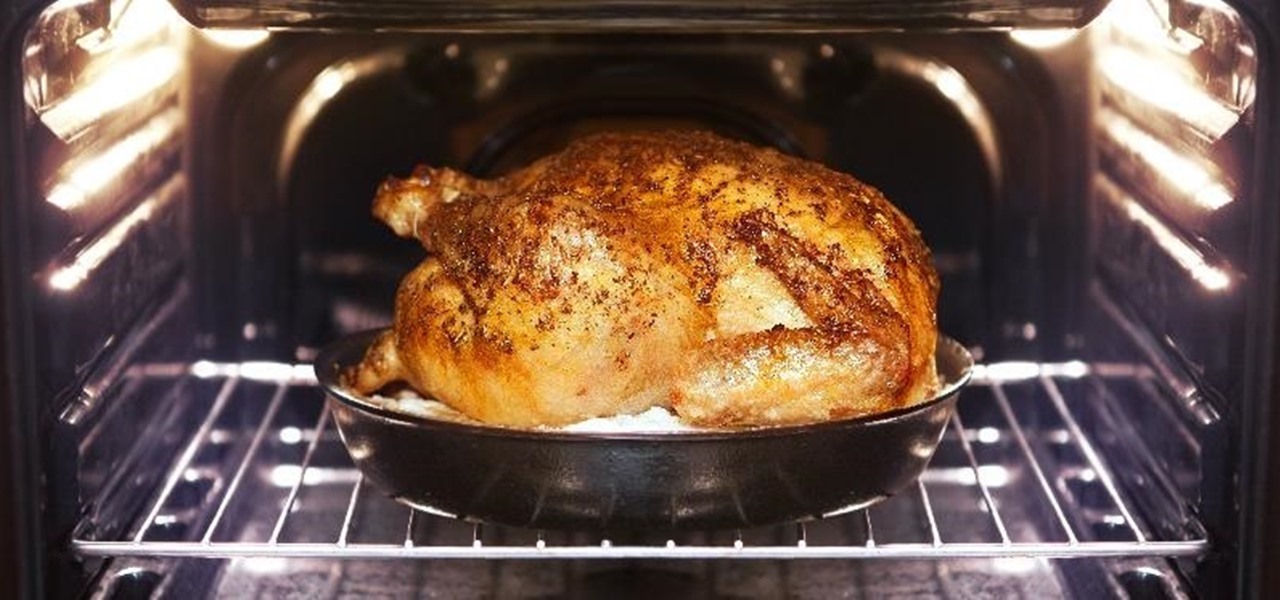









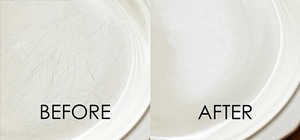
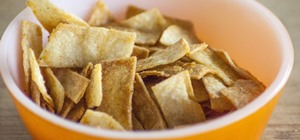



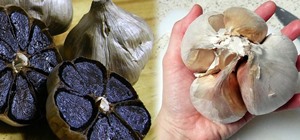
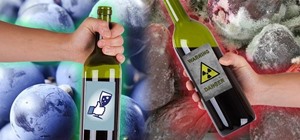

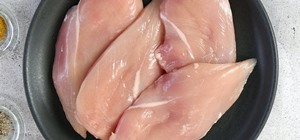
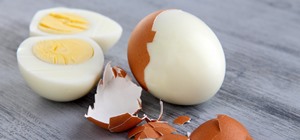
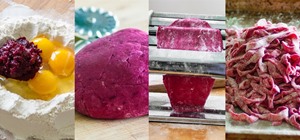


Be the First to Comment
Share Your Thoughts